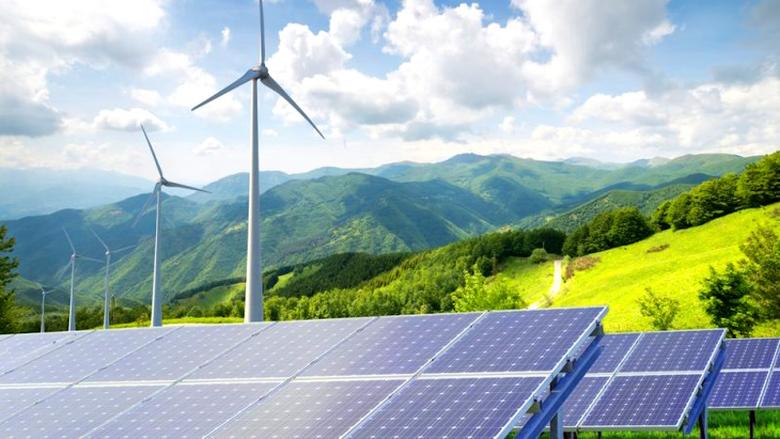
2024-06-26 06:35:00
Earlier:
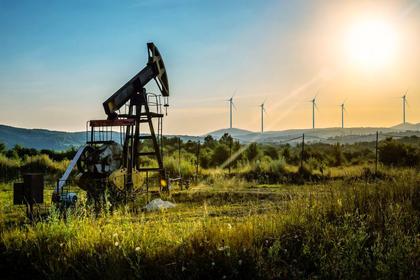
2024, June, 5, 06:45:00
GLOBAL ENERGY SYNERGY
The synergy between carbon-based fuels and renewables in energy trading, facilitated by innovative policies and supported by advanced software technology, offers transformative opportunities for the energy sector.
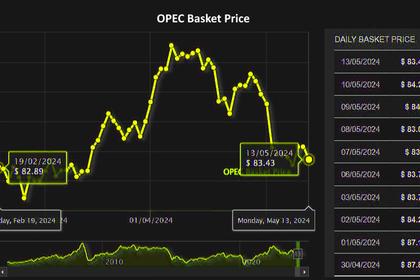
2024, May, 15, 06:55:00
GLOBAL OIL DEMAND +2.2 MBD
The global oil demand growth forecast for 2024 remains broadly unchanged from last month’s assessment at 2.2 mb/d.
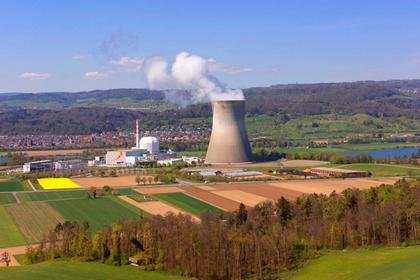
2024, May, 7, 06:35:00
GLOBAL NUCLEAR ENERGY RISKS
The nuclear energy future that is being proposed now – small, flexible reactors distributed everywhere for many uses besides electricity – will not reduce, but will add to the
national security risks that are unique to nuclear energy. On top of this, cooperation among key states essential to minimize the safety, security and proliferation risks of nuclear energy is at an all-time low.
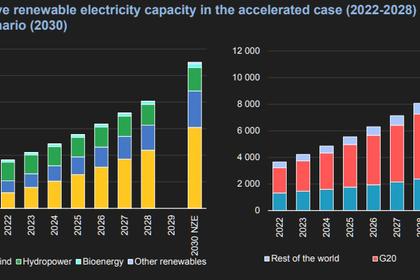
2024, May, 3, 06:35:00
GLOBAL CLEAN ENERGY TRANSITION
Decarbonization is synonymous with the energy transition.
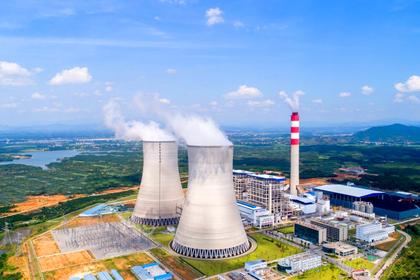
2024, April, 17, 06:45:00
GLOBAL NUCLEAR CLIMATE RISKS
"Climate change is expected to exacerbate natural hazards - including heat, drought, wildfires, flooding, hurricanes, and sea level rise," the GAO notes.
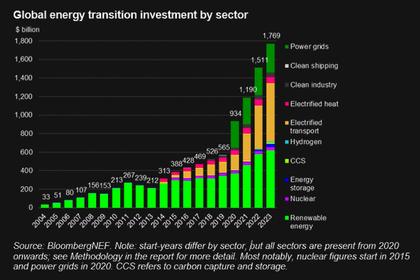
2024, February, 21, 06:40:00
GLOBAL ENERGY INDUSTRY OPPORTUNITIES 2024
The year 2024 is projected to be a potential turning point for the power industry, as it could witness a significant shift towards renewable energy.
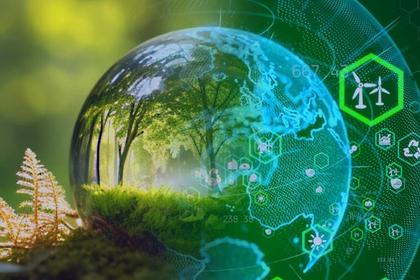
2024, February, 21, 06:35:00
GLOBAL ENERGY INDUSTRY DEVELOPMENT 2024
In 2024, Energy consumers have more questions about the state of the Energy Industry's current initiatives than answers. Some areas to focus on include decarbonization, technology implementation, energy storage, and emergency responses.
